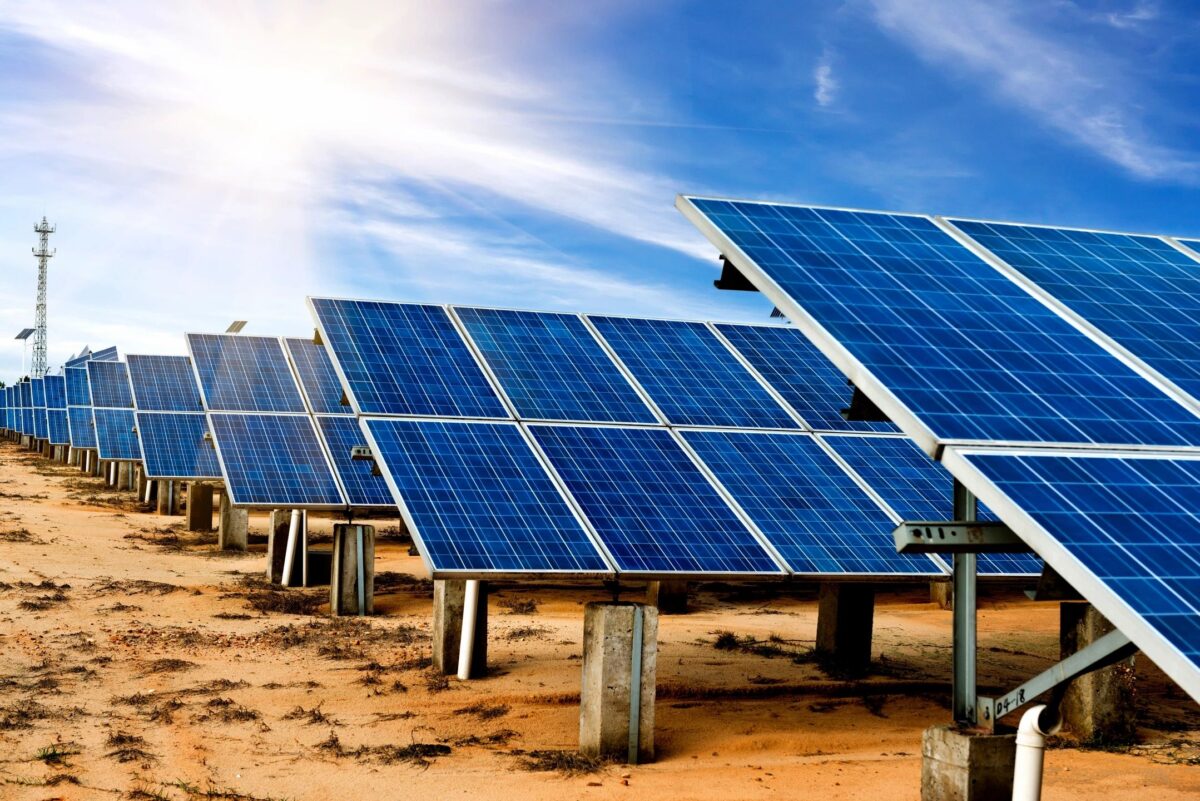As homeowners look for ways to reduce energy costs and make their homes more sustainable, the Energy Efficient Home Improvement Credit has become a valuable financial incentive. This federal tax credit allows homeowners to claim up to $3,200 annually for qualifying energy-efficient upgrades, helping to offset the cost of improvements while promoting environmental responsibility.
In this guide, we’ll explore what the Energy Efficient Home Improvement Credit is, which upgrades qualify, and how you can claim it on your tax return.
What Is the Energy Efficient Home Improvement Credit?
The Energy Efficient Home Improvement Credit is a nonrefundable federal tax credit designed to encourage homeowners to invest in energy-efficient upgrades. It applies to existing primary residences in the United States and is available annually through December 31, 2032.
The credit is divided into two main categories:
- Up to $1,200 for improvements such as insulation, energy-efficient windows, doors, skylights, and home energy audits.
- Up to $2,000 for high-efficiency upgrades like heat pumps, heat pump water heaters, biomass stoves, and advanced boilers.
Qualifying Home Improvements
To claim the credit, homeowners must install eligible energy-efficient upgrades that meet specific standards. Here are some of the improvements that qualify:
1. Insulation and Air Sealing Materials
- Must meet International Energy Conservation Code (IECC) standards.
- No specific credit limit other than the $1,200 annual cap.
2. Energy-Efficient Windows and Doors
- Windows & Skylights: Up to $600 if they meet Energy Star Most Efficient certification.
- Exterior Doors: Up to $250 per door, with a $500 total limit.
3. Home Energy Audits
- A professional energy audit can qualify for a $150 tax credit.
- Must include a written report identifying cost-effective energy efficiency improvements.
4. High-Efficiency Heating and Cooling Systems
- Heat Pumps & Biomass Stoves: Up to $2,000 per year.
- Must meet Consortium for Energy Efficiency (CEE) highest efficiency tier.
5. Electrical Panel Upgrades
- Panelboards, sub-panelboards, branch circuits, and feeders qualify if they meet National Electric Code standards.
- $600 limit.
How to Claim the Energy Efficient Home Improvement Credit
Claiming the credit is straightforward, but homeowners must follow IRS guidelines to ensure eligibility. Here’s how:
- Confirm Eligibility
- The home must be an existing primary residence in the U.S.
- Improvements must be installed (not just purchased) within the tax year.
2. Keep Documentation
- Save receipts, installation dates, and manufacturer product IDs.
- Starting in 2025, homeowners must include a Product Identification Number (PIN) from the manufacturer when filing IRS Form 5695.
3. File IRS Form 5695
- Use Form 5695 (Residential Energy Credits Part II) to claim the credit.
- In addition, submit the form with your annual tax return.
4. Apply the Credit to Your Tax Liability
- The credit is nonrefundable, meaning it reduces your tax liability but does not result in a cash refund.
- Also There is no lifetime limit, so homeowners can claim the maximum annual credit every year through 2032.
Why 2025 Is the Best Time to Upgrade Your Home
With energy prices rising and inflation affecting household budgets, 2025 is an ideal year to invest in energy-efficient home improvements. The IRS has confirmed that homeowners who install qualifying upgrades can claim the full credit on their next tax return—as long as the equipment is installed in 2025 and includes a PIN from a qualified manufacturer.
Additionally, many state and local incentives may be available alongside the federal tax credit, further reducing the cost of upgrades.
In Conclusion
The Energy Efficient Home Improvement Credit is one of the most generous homeowner incentives available today. With up to $3,200 in annual credits and the ability to claim the full amount every year through 2032, there has never been a better time to upgrade your home. By making smart energy-efficient improvements, homeowners can reduce utility bills, increase home value, and contribute to a greener future—all while enjoying significant tax savings
